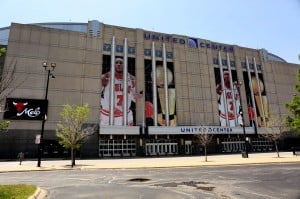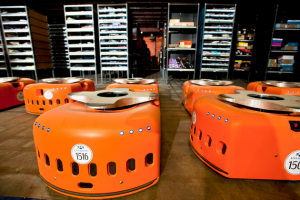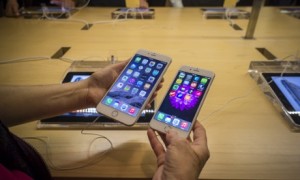Project Management is the process of planning, organizing, and controlling resources, procedures to achieve specific goals. Learning about Project Management caught my attention as it is something being done on a daily basis without even noticing. In class we learned what is involved in Project Management; project characteristics, project management activities, project managers, when project organization works best. All of the topics mentioned, I found myself encountering on a daily basis at my current job.
I’ve been working for Paul Davis Emergency Services (PDES), a rapid-response mitigation services company, for quite some time with new knowledge being learned every day. Some project characteristics we face are time, performance objectives, top-down commitment, having a capable project manager, time to plan, and good communications. Learning about Project Management Activities (PMA) in class made me realize how I encounter this every time I step into work. In class we discussed how PMA consists of Planning, Scheduling, and Controlling. Planning involves team organization, defining the project, and goal setting. Every morning at work we set up a discussion meeting to plan the day. We are given our objectives, usually water losses, and locations from the project manager; from there we break down into groups and decide what each individual will be doing that day. The next PMA, Scheduling, falls perfectly into play. Scheduling relates to people, supplies needed, also the start and end time. After our daily planning each individual grabs what is needed and load into the work trucks. Our start time is then given, once arrived at the location an inspection is made by the crew leader and an estimated end time is made. Next PMA activity is Controlling; controlling monitors the quality, costs, and revises plans to meet time and cost demands. In the controlling stage I see this from the crew leaders and occasionally the project manager. During each project we are monitored to make sure tasks are being completed correctly and on a reasonable time. In the end project managers are the ones who make sure all activities are finished on time and in order, the goal is met on the project, and to make sure that each person assigned to a task on the project receives proper information, direction and is motivated to work. I am grateful to have a great project manager who is easy to work with and makes working enjoyable. There is only one thing I found I hard agreeing on and that was describing when a project organization works best.
In class we discussed when a project organization works best and there are a few I do agree with but others I do not agree with. What I do agree with is that project organizations work well when a specific goal and deadline are met and the project is temporary but critical to the organization. I agree with these because in my line of work completing a specific goal on time is very important, because it will give the owner more time to deal with estimates. However I did not agree with a job being unfamiliar to the existing organization and work contains complex interrelated tasks requiring specialized skills. I disagree with this because if a job is unfamiliar to the existing organization, how can the task are completed correctly and on time? Also in my line of work not everyone had specialized skills to the task they were assigned and yet the company I work for is recognized all over the United States for its excellent work!
Question; what other companies can relate to project management activities on a daily basis. And do you agree each description on “Project organization works best when”?








